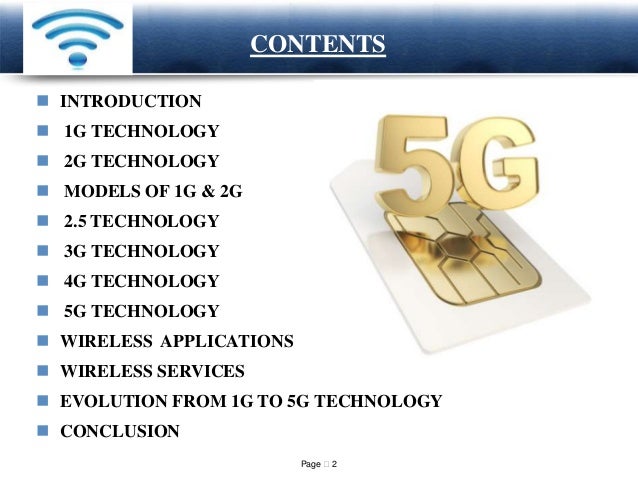5g Mobile Technology Pdf Free Download
Abstract—5G Technology stands for fifth Generation Mobile technology. From generation 1G to 2.5G and from 3G to 5G this world of telecommunication has seen a number of improvements along with improved performance with every passing day. This fast revolution in mobile computing changes our day to day life that is way we work, interact, learn etc. Names used in this book are trade names, service marks, trademarks or registered trademarks of. 6.2 Overview of Cognitive Radio Technology in 5G Wireless.
G f simmons differential equations.pdf FREE PDF DOWNLOAD NOW!!! Source #2: g f simmons differential equations.pdf FREE PDF DOWNLOAD. Download g f simmons differential equations pdf free. Core XX Complex Analysis-II 25 75 3 Hrs 4 Core XXI Differential Geometry 25 75 3 Hrs 4 Core XXII. Effect of free wheeling diode. F.A and Wilkinson, G. Category theory formalizes mathematical structure and its concepts in terms of a collection of objects and of arrows (also called morphisms). A category has two basic. Differential Equations With Applications and Historical Notes (G.F. Simmons) Differential Equations With Applications and Historical Notes (G.F. Simmons) DIFFERENTIAL EQUATIONS.
Separating the hype from reality in initial 5G mobile networks and smartphones James Sanders and Karen Roby discuss the immediate future of 5G mobile networks and smartphones, and how existing equipment cannot be updated to 5G via software updates. With the advent of widespread adoption in enterprise applications including manufacturing, agriculture, healthcare, and more—alongside an increasing dependence on smartphones and —the constraints of 4G LTE technology are prompting mobile network operators to embark on to keep pace with the network demands of today and the very near future. This cheat sheet is an introduction to 5G mobile networks, the communication standards included in 5G, and the new types of devices that utilize 5G networks. The article will be updated periodically as new 5G technologies are standardized and network deployments commence. SEE: (Tech Pro Research) What is 5G?

5G refers to the fifth generation of mobile phone networks. Since the introduction of the first standardized mobile phone network in 1982, succeeding standards have been adopted and deployed approximately every nine years. GSM, the 2nd generation standard, was first deployed in 1992, while a variety of competing 3G standards began deployment in 2001. The popular 4G LTE standard was deployed by mobile network operators in 2010. Now, technology companies and mobile network operators are preparing their infrastructure and customers for the transition to 5G.
SEE: (ZDNet special report) (TechRepublic). Principally, 5G refers to '5G NR (New Radio),' which is the standard adopted by 3GPP, an international cooperative responsible for the development of the 3G UMTS and 4G LTE standards.
Other 5G technologies do exist. Verizon's 5G TF network operates on 28 and 39 GHz frequencies, and is used only for fixed wireless internet service, not in smartphones.
Verizon's 5G TF deployments will be transitioned to 5G NR in the future. Additionally, 5G SIG was used by KT for a demonstration deployment during the 2018 Winter Olympics in Pyeongchang. 5G NR allows for networks to operate on a wide variety of frequencies, most notably recycling the frequencies vacated by decommissioning previous wireless communications networks. The 2G DCS frequency bands, the 3G E-GSM and frequency bands, and the of spectrum vacated by the transition to digital TV broadcasts are some of the. SEE: 5G standards divide frequencies into two groups: FR1 (450 MHz - 6 GHz) and FR2 (24 GHz - 52 GHz).

Most early deployments will be in the FR1 space. Research is ongoing into using FR2 frequencies, which are also known as extremely high frequency (EHF) or millimeter wave (mmWave) frequencies. Discussions of the suitability of millimeter wave frequencies have been published in IEEE journals as far back as 2013. While millimeter wave frequencies allow for faster data speeds, they do come with disadvantages. Because of the short distance of communication, millimeter wave networks have a much shorter range; for densely-populated areas, this requires deploying more base stations (conversely, this makes it well suited to densely-populated places such as arenas and stadiums). While this would be advantageous in certain use cases, it would be a poor fit for use in.